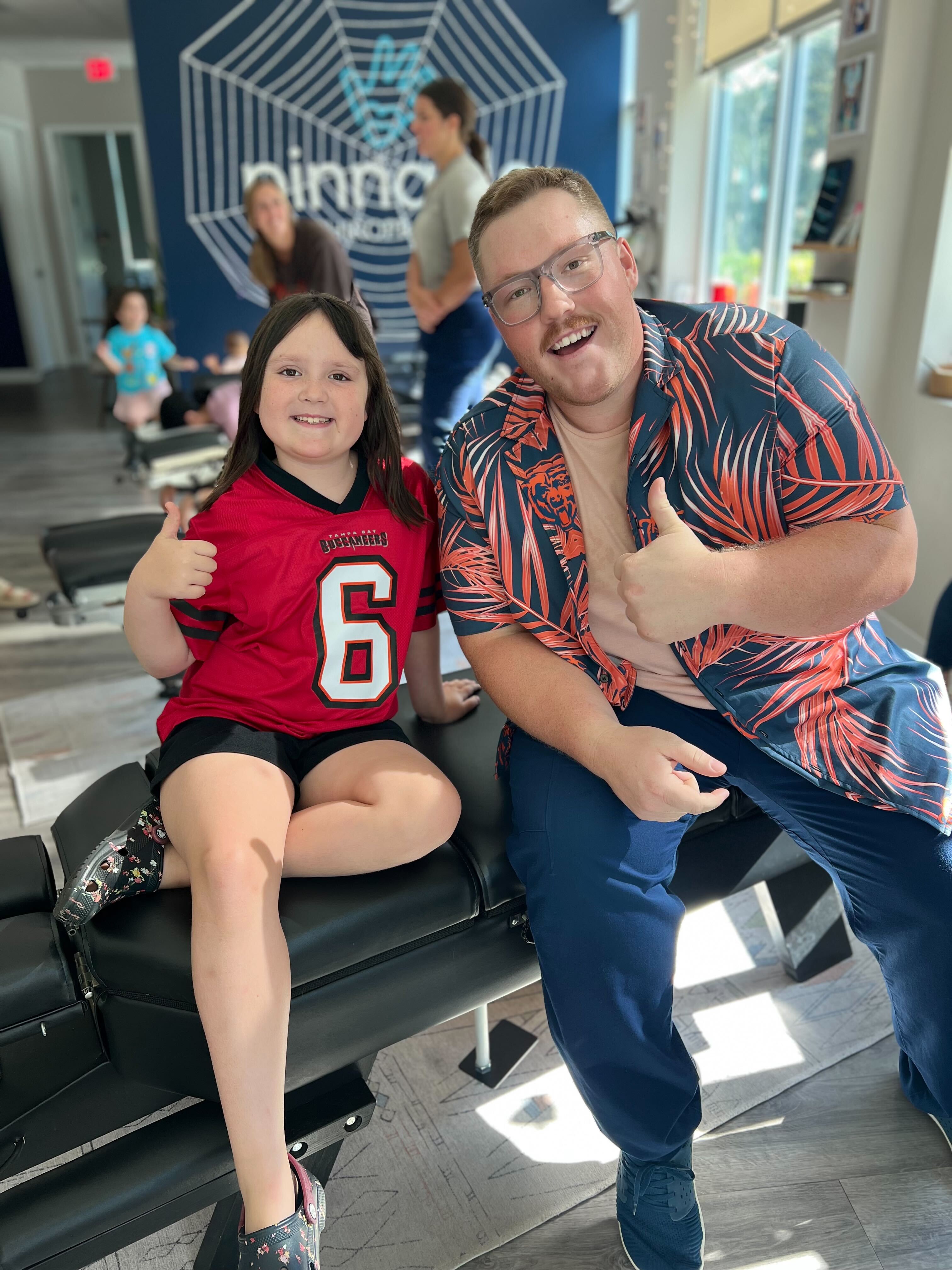Ensuring your child’s safety in a car seat is one of the most important steps you can take as a parent. At Pinnacle Chiropractic, we care about every aspect of your family’s well-being, including the critical details of car seat safety. This guide covers proper car seat positioning, usage tips, and key precautions every parent should know.
Why Car Seat Safety Matters
Motor vehicle crashes are a leading cause of injury for children, but the proper use of car seats significantly reduces the risk. Correct installation and usage provide essential protection for your child’s developing body, particularly their neck, spine, and head, which are more vulnerable during collisions.
The Basics of Car Seat Safety
1. Rear-Facing for as Long as Possible
- Minimum Age Requirement: Never turn your child forward-facing before the age of two.
- Ideal Goal: Keep your child rear-facing until at least age four or until they reach the maximum height or weight limits of the car seat.
- Why It’s Safer: Rear-facing seats provide better support for the head, neck, and spine during sudden stops or impacts.
2. Chest Clip Position
- Correct Placement: The chest clip should sit at armpit level, not at the nipple or lower.
- Why It Matters: Proper placement ensures the straps stay securely in place, reducing the risk of injury.
3. Shoulder Strap Height
- For rear-facing seats: Straps should be at or below the child’s shoulders.
- For forward-facing seats: Straps should be at or above the child’s shoulders.
Common Adjustments and Safety Checks
1. The Pinch Test
- After buckling your child in, try to pinch the shoulder straps near their neck.
- Fail the Pinch Test: If you can pinch any slack, the straps are too loose.
- Why It’s Critical: Loose straps can interfere with breathing and reduce the car seat’s effectiveness in an accident.

2. Coats and Other Clothing
- Rule: Children should not wear coats, slippery materials, or costumes in their car seats.
- Reason: Bulky clothing can create space between your child and the harness, compromising their safety.
Installation Tips for Parents
1. Read the Manuals
- Car Seat Manual: Follow the warnings and installation instructions carefully.
- Vehicle Manual: Check the child safety and airbag sections for guidance.
2. Seat Contact Rules
- General Rule: If neither manual prohibits contact, the car seat can lightly touch (“kiss”) the seat in front of it.
- Exceptions: Some seats, like the Nuna Pipa, explicitly forbid touching the front seat.
3. Anchoring the Seat
- One Method Only: Use either the lower anchor connector or the seatbelt, not both.
- Weight Limit: The combined weight of your child and the car seat cannot exceed 65 pounds for lower anchors.
Additional Safety Guidelines
1. Avoid Add-Ons
Never use third-party accessories such as shoulder pads or head supports unless they come with the car seat. These items may interfere with the car seat’s safety performance.
2. Vehicle Seat Protectors
- Check your car seat’s manual to see if a seat protector is permitted.
- Some brands, like Nuna and Cybex, allow protectors under specific conditions.
3. Crotch Buckle Position
- Review the car seat manual to confirm whether the crotch buckle needs to be in the closest slot when rear-facing.
Final Thoughts on Car Seat Safety
Your child’s safety is worth the extra effort and attention. Ensuring proper installation and usage of car seats protects not only their physical health but also gives you peace of mind. At Pinnacle Chiropractic, your expert pediatric chiropractors, we encourage parents to make car seat safety a priority, as it aligns with our focus on nervous system health and spinal alignment for growing children.
We are here to support you every step of the way, whether it’s through guidance on car seat safety or providing pediatric chiropractic care to optimize your child’s health. Together, let’s create a safer, healthier future for your family.










